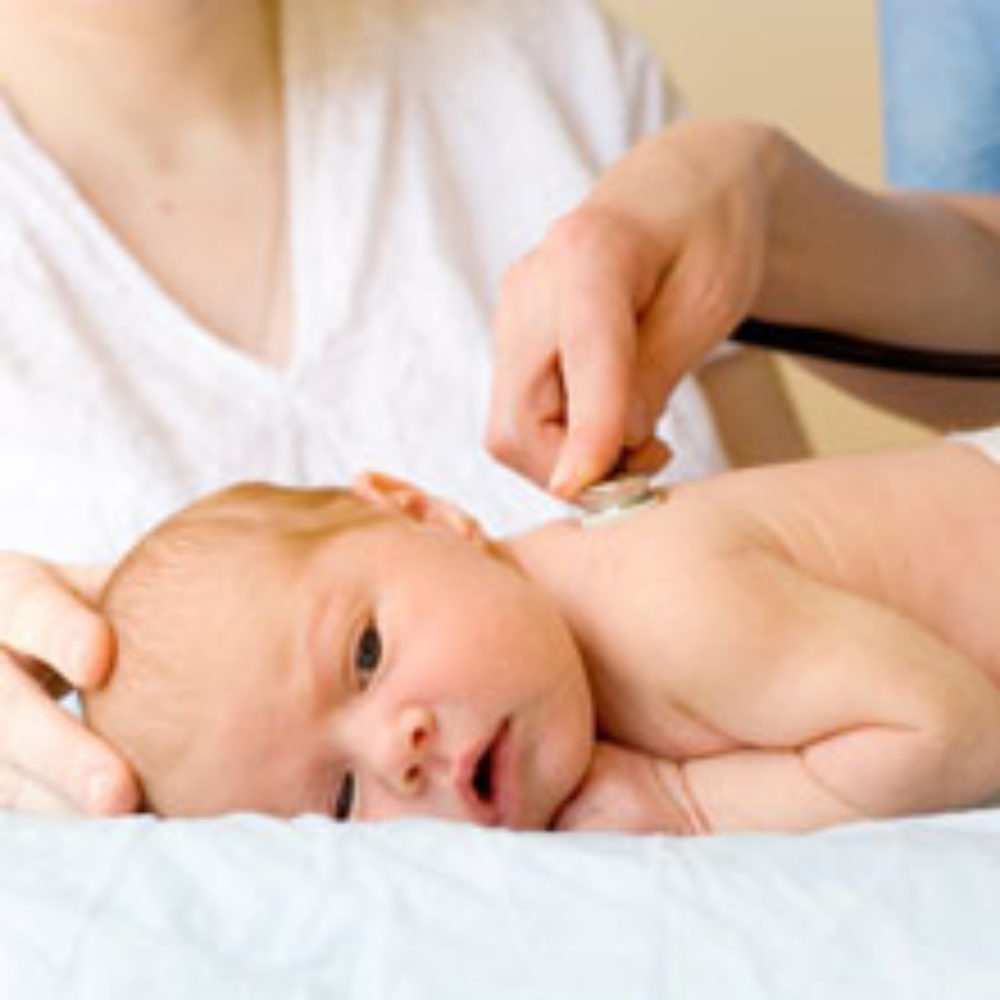Some Cerebral Palsy Cases May Have Genetic Factor: Study

The findings of new research suggest that genetics may play a role in the risk of children developing cerebral palsy, finding that babies who have a family member that has already been diagnosed with the disorder may be more likely to have the neurological disorder as well.
In a study published in the British Medical Journal on July 15, researchers examined data on more than two million Norwegians born between 1976 and 2002, including at least 3,649 of whom were diagnosed with cerebral palsy (CP).
Researchers found that the twin of a child with cerebral palsy was more than 15 times more likely to also have a CP diagnosis, the younger sibling of a child with CP was 9.2 times higher than normal, and parents with CP were 6.5 times more likely to have a child with CP than other parents. There seemed to be no difference between men and women as far as an increased likelihood of having a child with CP.

Did You Know?
Millions of Philips CPAP Machines Recalled
Philips DreamStation, CPAP and BiPAP machines sold in recent years may pose a risk of cancer, lung damage and other injuries.
Learn MoreCerebral palsy is a neurological disorder that is usually attributed to brain damage suffered before, during or shortly after birth. If the brain of a baby is deprived of oxygen, it can result in irreversible damage that leaves the child with developmental problems, loss of motor functions and other life-long injuries and disabilities.
In many cerebral palsy cases, medical mistakes at or near the delivery are identified as the cause of the brain damage. If the proper standards of medical care are not followed, the child’s brain may be deprived of oxygen during birth, resulting in cerebral palsy. However, the findings of this new study suggest that some children or families may be more susceptible to the risk of CP than others.
“People born into families in which someone already has cerebral palsy are themselves at elevated risk, depending on their degree of relatedness. Elevated risk may extend even to third degree relatives (first cousins),” the researchers warned. “The pattern of risk suggest multifactorial inheritance, in which multiple genes interact with each other and with environmental factors. These data offer additional evidence that the underlying causes of cerebral palsy extend beyond the clinical management of delivery.”
Researchers pointed out that a number of factors could be affecting their findings, including the shared early environments of people who are related genetically, which could be one reason for the increased likelihood of cerebral palsy. In other words, external factors that may have affected one child’s development, such as the quality of medical care available to the family or exposure to a certain chemicals or pollutants, may equally affect the development of siblings.
Researchers also noted that it is rare for people with cerebral palsy to develop relationships that result in children, making it harder to study whether they are passing on a genetic risk.
“The pattern of stronger associations in more closely related family members points to a genetic cause, but this is not the only possible interpretation,” the researchers concluded. “For a doctor counseling a pregnant woman, our findings imply an excess risk of cerebral palsy if cases of cerebral palsy exist in her family — the closer the relationship between the unborn child and the affected relative, the higher the risk. However, the risk remains low in absolute terms, and this fact should also be communicated.”
Get more articles like this sent directly to your inbox.
"*" indicates required fields





0 Comments